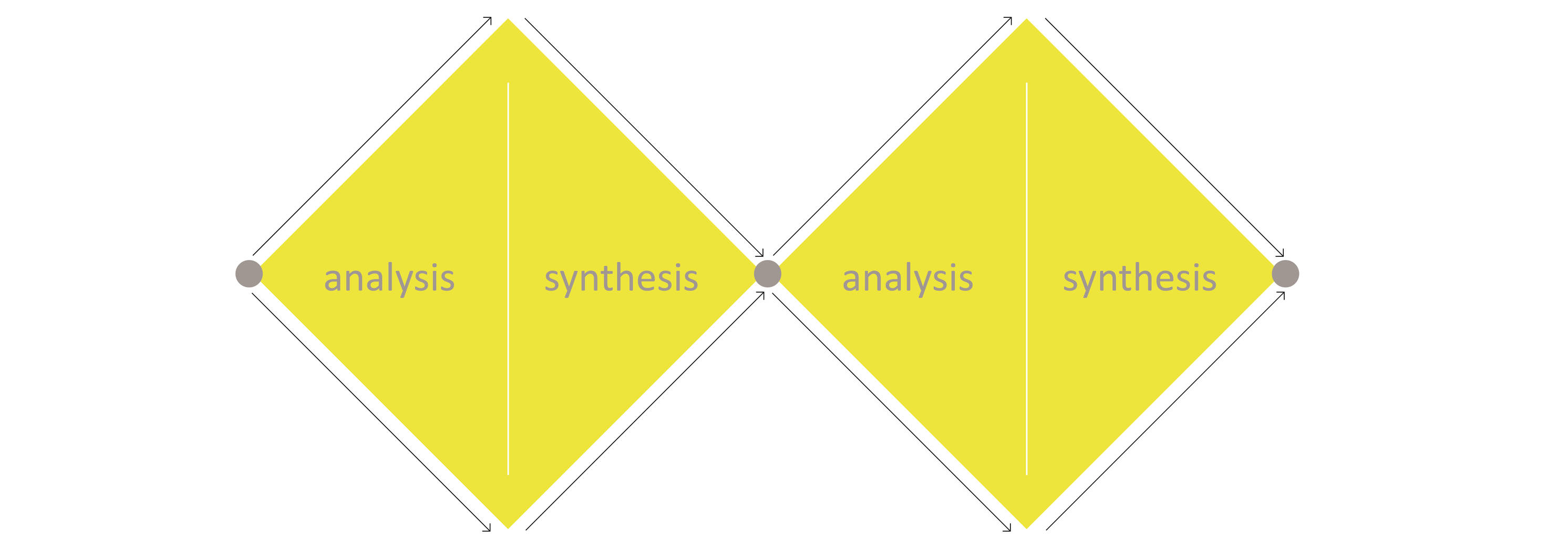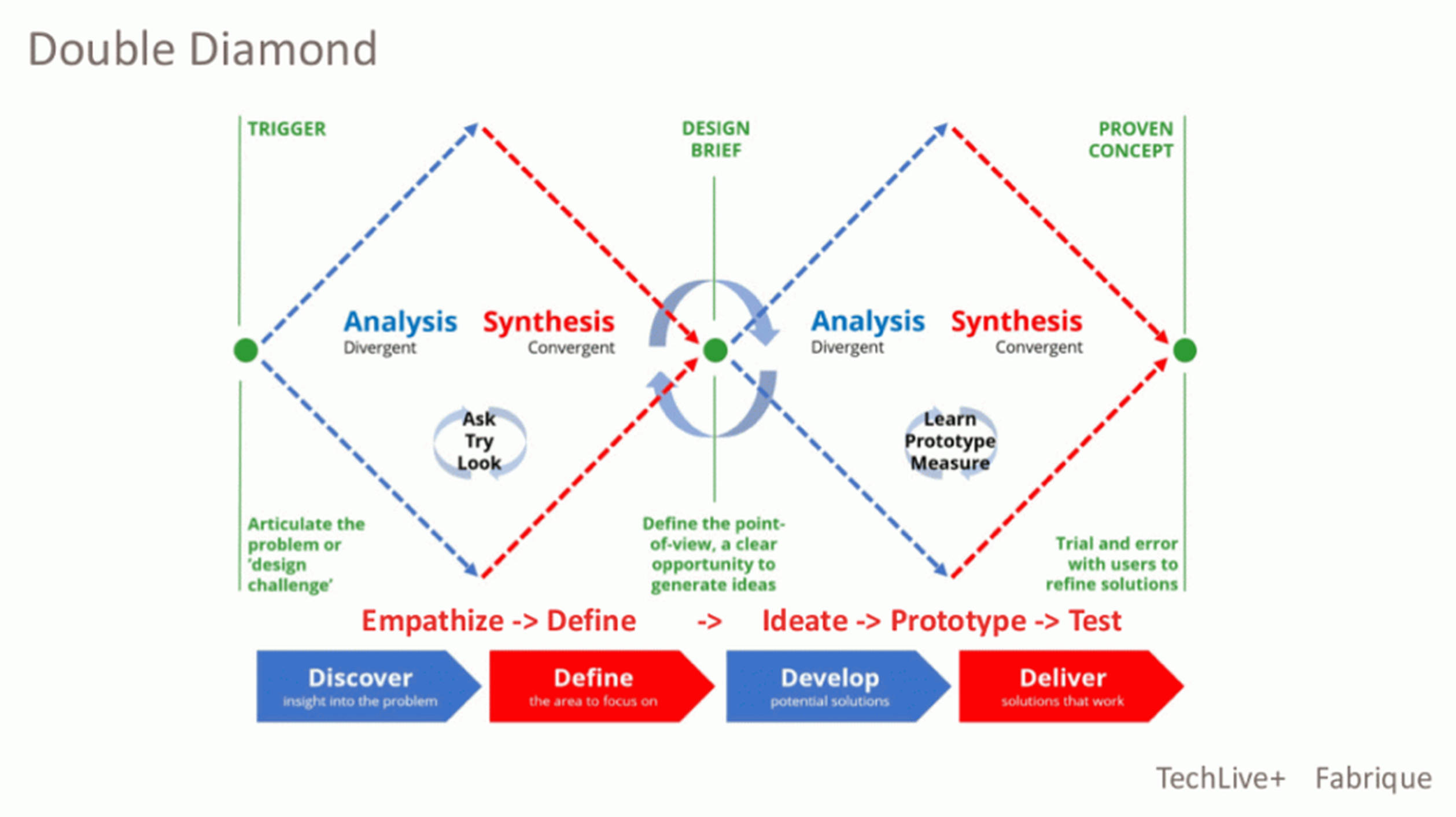Design thinking versus technological innovation
Technological innovation without design thinking is doomed to fail. We think it is creepy rather than cool when a Google-bot pretends to be a person and calls the hairdresser to make an appointment.

I’m a fan of gadgets. I always want to be the first to own and try new technology. That’s why I bought a first generation Apple Watch a few years ago. That was my first “bad Apple”, so to speak. Everything I expected it to be, it wasn’t. The thing was useless for sports because the heart rate monitor didn’t work properly, it didn’t have GPS, and all the messages coming in all day drove me crazy. In short, I thought it was junk and sold the watch on eBay.
With the money I got for it I bought a TomTom Runner for 130 euros. It allows limited messaging and it has GPS, so that I can upload my performance to Strava. It’s a first rate product compared to the Apple Watch even though in actuality it’s the same thing. How is that possible? TomTom chose one type of user very specifically: people who practice sports. Apple did not make that choice. Because of TomTom’s focus their watch is a much better product. In other words, design is the prerequisite for successful adoption of technological innovation.
What is design?
This begs the question: what is design, exactly? In my opinion, there are five central themes:
- Design unites
It is a way to improve product lines. Nest, the smart thermostat, is a great example. The software and hardware are a good fit, in look as well as in behaviour, and the resulting product fulfils a need for the end user. This means Nest’s service (proposition) is successfully united with the end user’s needs. - Design is not art
Art is an autonomous application of creative skill with which the artist expresses themselves. Design goes further, it has making the user happy as its purpose. It doesn’t have to be aesthetic; the product can have a completely functional look. Charles Eames said it like this: “The mark of a designer is the willing embrace of constraints.” - Design diversifies
A good idea comes with quantity. Of course there’s such a thing as a stroke of brilliance, but usually it’s a question of digging deep and designing, sketching, and coming up with a lot of options. Endless variations on a theme will lead to the right choice. - Design converges
You will have to choose in the end. And choosing is always difficult. A good designer is able to decide which option out of all the ones available is the best one to be implemented. - Design is empathic
This is the main message for anyone who is involved with technological innovation. You have to be able to empathise with what the other person feels, sees and hears. If you don’t do this during the development phase, you will be stuck with an unusable product.
Take Google Glass. To start with, that was a fiasco, because the product was completely focused on technology and nobody thought about who they were making the glasses for. (The glasses got a second chance on the B2B market, and are now being used by factory and warehouse workers.)
At the core, Snapchat Spectacles is the same product: smart glasses with a camera. But still, this product was more successful. The difference is that these glasses were designed for Snapchat’s target audience; people who share pictures of their life with the world all day. The use case was clear from the beginning and the product has been positioned as a toy and not as the future of the Internet of Things.
So what is design thinking? According to Tom Brown from IDEO, it’s about where the three aspects below overlap:
- Feasibility - can we produce it?
- Viability - is there a business case?
- Desirability - do people want it?
When the answer to all three questions is yes, you will have innovation (and wings!). Smartphones already existed before the iPhone was developed, but nobody wanted them. Apple made the idea desirable. How do your achieve that?
Contrary to what most people think, Thomas Edison was not the inventor of the light bulb. But Edison did have the idea, dozens of years later, that the lamp should not only look good and be useful, but that the world also needed power stations, and a way to get the power they produced into people’s homes. Of course consumers want to have light everywhere, but it doesn’t become truly desirable until you come up with a whole overarching system to make it accessible and easy.
A more recent example: iTunes was launched in January 2001 and was a really good product at the time. You could rip CDs with it, organise your music library and buy digital music. But it didn’t become truly great until the iPod was launched in October that year. There were other MP3 players but they were super geeky. The iPod was nice to look at, handy, had a huge storage capacity of 4GB (how would you ever be able to fill it?!) and above all: it was part of an ecosystem, just like Edison’s electricity network. That’s what made the iPod great.
Five steps in design thinking
Hopefully I have been able to convince you of the necessity of design thinking. Now let’s put it into practice. The basic model has five steps: empathize – define – ideate – prototype – test. You can plot these five steps on the Double Diamond model, which was introduced by IDEO, and is based on the diverge-converge principle: Discover (study the user’s behaviour and the relevant history and facts), Define (collect ideas for your question, workshop them, reformulate your question), Develop (develop ideas for solutions) and Deliver (make prototypes, select, and monitor results).

The lean startup method, which is used by agile design, is a continuation of this process. The method is cyclical: thinking of solutions, testing them, learning, improving, creating new solutions, improving them, etc. Despite the two models’ compatibility, in a technology-driven process the empathy-step is often forgotten. People only move through the second diamond and skip the first.
It’s not surprising, because it is not easy to really get to know the customer’s needs. There are three communication levels that you can use. The first is explicit, where you ask clients what they want and they answer you. The second is by observing the customer’s behaviour so that you also learn the things that are not said explicitly. The third is feeling, dreaming, knowing - to find those things out you will have to have deep sessions with the customer.
By now, the third generation Apple Watch has entered the market. It has GPS, a 4G SIM card and a faster processor. In general, it is now a better product. But I don’t think I will buy it. Apple put the first one on the market too quickly and didn’t study the use case, which means it is not desirable for me anymore. If you zoom in on technology and forget the empathy step, technology becomes at best irritating or useless, and at worst it’s just scary. That’s why design thinking is so important.